The Co-operative Group has a portfolio of 645 properties that it does “not need or use”.
Interim CEO Richard Pennycook revealed the figure at a press briefing for the society’s full-year results this morning, in which it confirmed losses of £2.5bn for the year to 4 January 2014.
Pennycook said the surplus properties, which he described as the same scale as a national retail chain, were “predominantly old shops”.
He estimated one-third of them were empty and the remainder were “occupied with tenants”. In some cases, the costs for retaining the property did not cover the rent The Co-op received, he admitted.
Co-op governance concerns revealed back in 1958
Co-op governance shake-up takes cues from Myners and Kelly
Co-op’s food strategy bears fruit as True North points the way
In its results, the society said its onerous lease provision of £197m, plus over-rented provision and holding costs of £232m, “reflected an allowance for future rents on these surplus sites”.
“The net rent liability for these properties through the full term of their leases totals £443m and we have to work hard to mitigate that by finding sub-tenants for all this surplus property, itself the size of a national retail business,” it said.
The Co-op’s £2.5bn total loss included £2.1bn from discontinued operations, as well as a £226m goodwill impairment charge relating to the society’s acquisition of Somerfield in March 2009. Group sales fell 4.5% to £10.5bn.
Although net debt fell from £1.7bn to £1.4bn during the year, Pennycook said this “came down for the wrong reasons”. The figure had reduced because the society had sold off businesses and its old HQ rather than “healthy cash generation”.
“It is too high and we plan to reduce it,” he added.
Pennycook said that in his time working at other companies, he “would never have been comfortable running at the debt levels The Co-op has”. Debt levels have risen from £0.6bn to £1.4bn in the past five years.








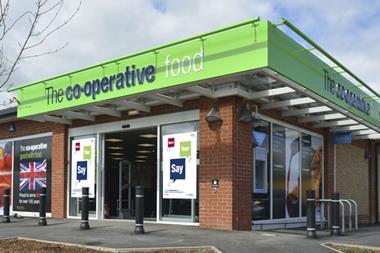
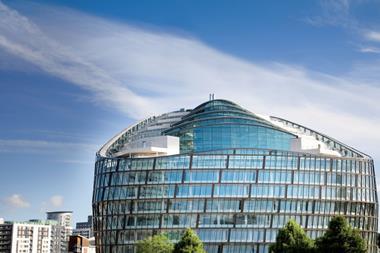
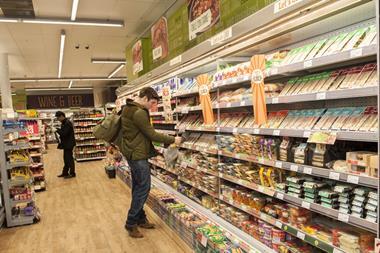
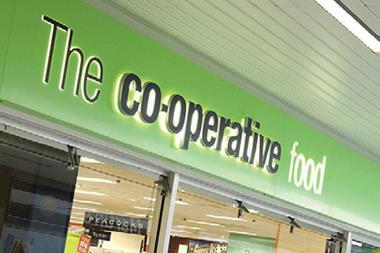
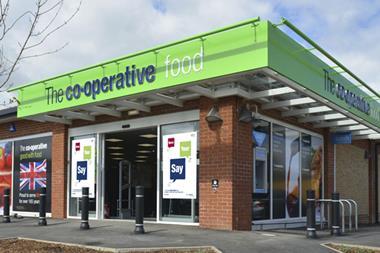
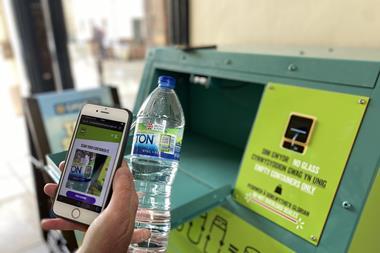





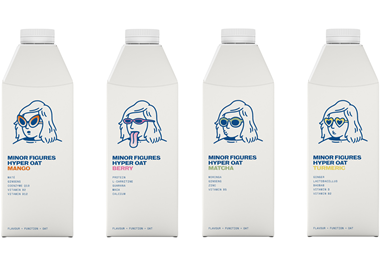
No comments yet